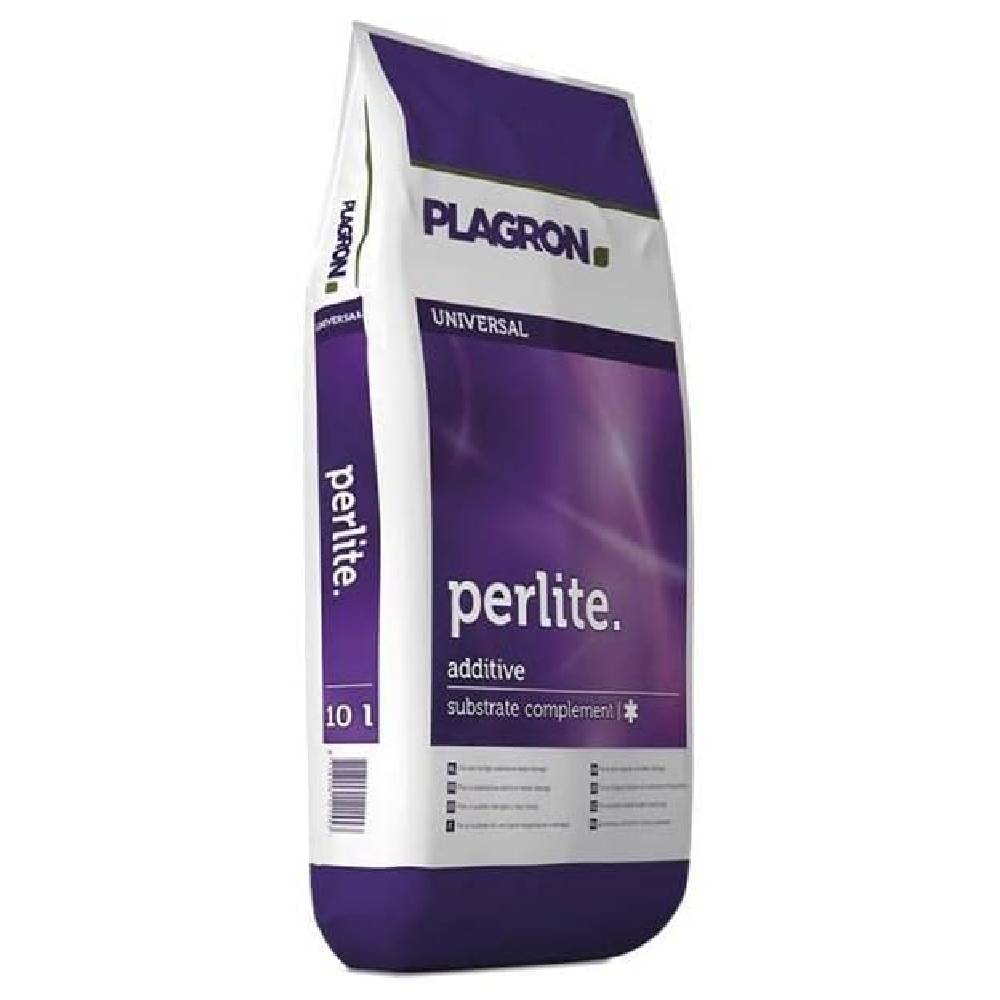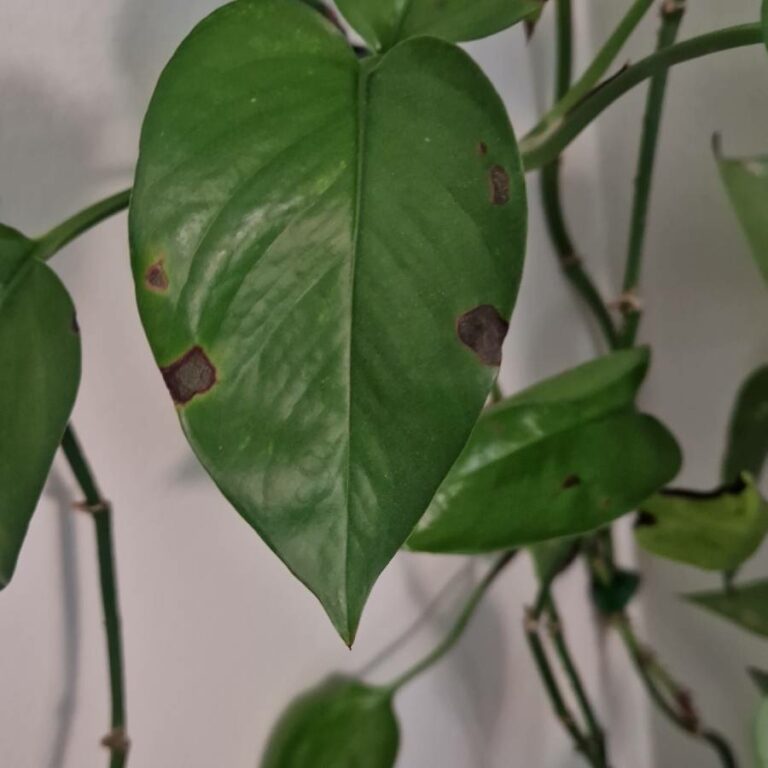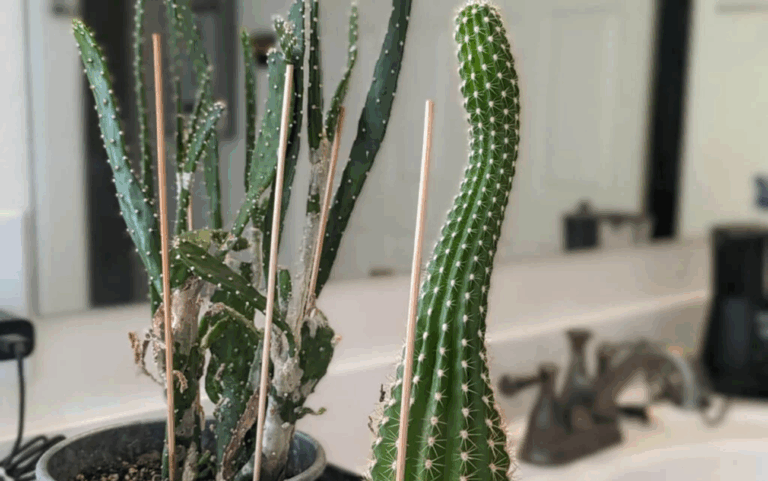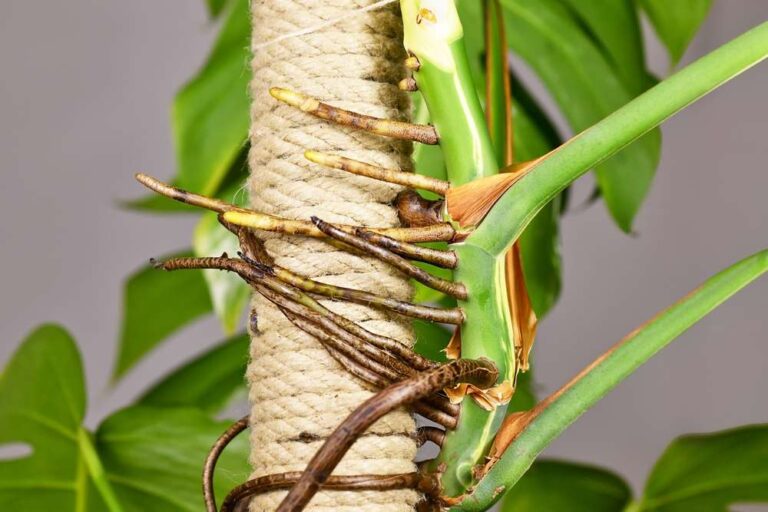
Have you ever experienced mushrooms growing in your beloved house plant? Well, you’re not alone! Finding unexpected fungi can be quite a surprise for any plant enthusiast, especially in summer. So, let’s dive into this and explore why mushrooms might make an appearance to begin with and whether or not you need to do something about it.
Mysterious Shrooms: Where They Come From
If you’ve spotted mushrooms in your house plant, you might be wondering where they came from. There are several explanations for their appearance.
1. Spores in the Soil: We tend to think of houseplants as just the plant, but we often forget that each pot of soil is a tiny ecosystem. Microbes like bacteria and fungi live in the soil; some are helpful to our houseplants, while others are harmful. The most likely reason for these mysterious mushrooms is that spores found their way into the soil, either intentionally or by chance. They could be offspring of a mycorrhizal fungi planted to help the growth of your plant. Or they might have hitchhiked their way from various places in the supply chain, from soil manufacturing to the nursery or garden center where you bought the plant. Especially if your soil is rich and fertile, it creates the perfect breeding ground for mushrooms.
2. Overwatering Woes: While mushrooms are more commonly associated with rich soil and harmless fungi, overwatering your plants might contribute to their appearance. However, it’s crucial to differentiate between mushrooms and mold in such cases.
Friend or Foe? – Typically Harmless to Your Plant and You
The good news is that those tiny mushroom invaders aren’t out to harm your plant or you! Let’s bust some myths:
1. No Threat to Your Plant: The mushrooms that typically grow in houseplants, like Leucocoprinus birnbaumii, are not harmful to your plant. They feed on decaying matter, not the plant itself.
2. Toxicity and Consumption: While these mushrooms can be toxic if ingested, they aren’t dangerous unless you have curious pets or kids who might munch on them accidentally.
This said, make sure you’re not dealing with a case of mold. So watch out for something that looks like a light dusting of flour or powdered sugar layer on your soil.
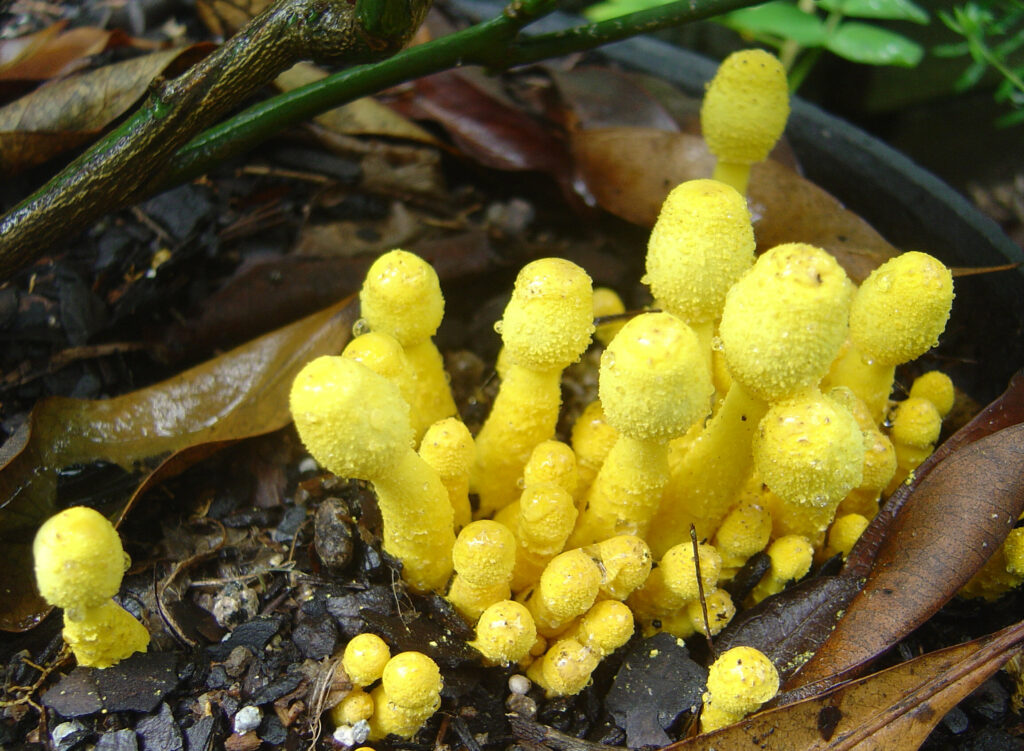
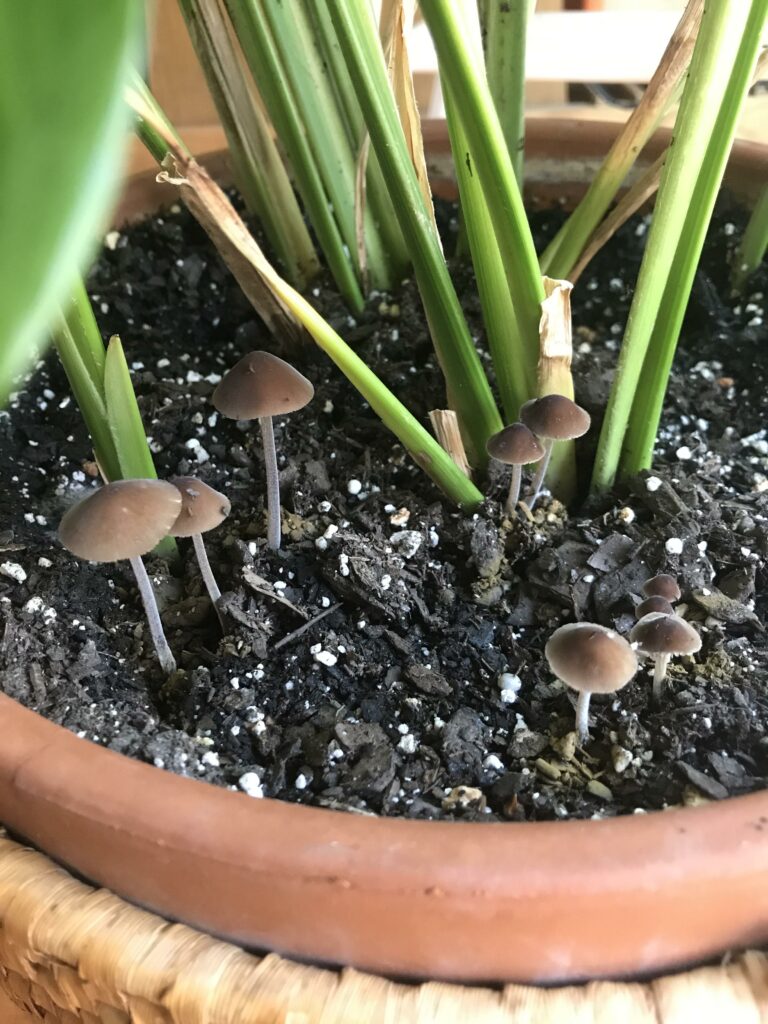
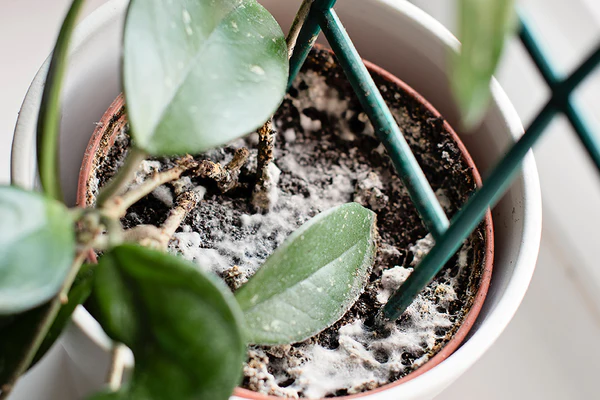
Shrooms: What to Do with Them?
The big question: Should you get rid of the mushrooms or let them be? Here are your options:
Remove Them: If you have curious children or pets around, it’s wise to remove the mushrooms. You can pluck them out by the stem, and repotting the plant in fresh soil might also do the trick.
A Green Thumbs-Up: Mushrooms can indicate healthy soil, and they won’t harm your plant or you as long as you don’t eat them. So, if you don’t have any curious creatures in your home, you can leave them be and enjoy their presence.
Prevention and House Plant Happiness
While getting rid of mushrooms might not be necessary, there are some plant parent tips to keep your plant happy:
1. Mindful Watering: Avoid overwatering your plants. Even moisture-loving plants can benefit from a slightly drier topsoil.
2. Say Goodbye to Decay: Regularly remove any decaying matter, such as dead leaves, from the surface of your soil. This also helps keep pesky fungus gnats away.
3. Perlite to the Rescue: Mixing perlite into your potting soil can reduce its richness and help prevent mushroom growth. Avoid using garden compost for houseplants, as it may contain unwelcome guests.
So there you have it – mushrooms in your houseplant aren’t as alarming as they first appear. Embrace their presence as a sign of fertile soil and a healthy indoor environment. Just remember to keep curious kids and pets at bay, and those fungi will be your plant’s whimsical companions on its journey to flourish! Happy gardening!



